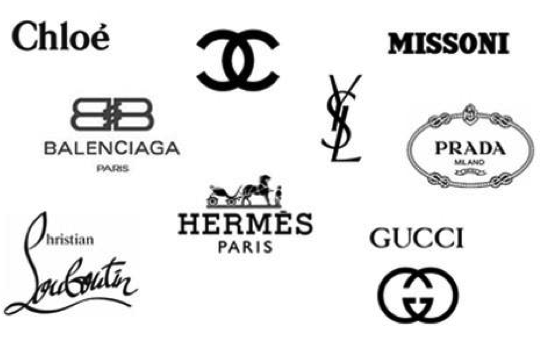Are designer brands worth the hype?

Our current generation is brimming with wealthy and privileged crowds that are encouraged to possess the most exclusive and costly clothing lines when, in reality, doing so is far from healthy.
An old saying reads “you get what you pay for.” Regarding fashion today, this statement is beyond legitimate. Consumers pay low prices for low-quality clothing, but when it comes to high-end lines, that saying is false: people end up paying for far more than what is received.
The clothing industry strongly encourages our youth to keep up to date with the latest trends; therefore, designer stores advertise the specific trend-setting fits that everyone is in desperate search for.
It is difficult to venture to school every day as a student and to detect peers’ attire; teenagers are constantly judging one another for their choice of clothing. It is unfortunate, but it happens regularly. The organization of brands truly exemplify these actions, and they are beginning to categorize popularity aspects in terms of grouping.
There are three main categories of brand characterization, and each one individually resembles their own style and pricing that determines the level of customer service. However, customers often bargain with an alternative brand because of the negative elements the initial brand may offer.
Fashion retailers are commonly labeled as cheap because of the specific fabric and construction used. Fast fashion stores such as Forever 21, Zara, and H&M are generally considered “throw-away” fashion because of these traits that are present in their clothing. The majority of their fabrics are cheap material which continues to be tagged as cheap in their storefronts.
On the other hand, premium brands stand in the middle: they are frequently called affordable luxury brands. For instance, Tory Burch and J. Crew fall under this category of fashion. This tier additionally combines with bridge brands. Bridge brands are typically the lower-priced lines of top-notch designers. They are more usually reasonable to purchase from.
The most hyped up brands—Gucci, Louis Vuitton, Chanel—are considered to be luxury brands: they are far too expensive for the average person to afford. Favorable items like purses and belts can range anywhere from 1,000-100,000 dollars. Furthermore, the presentation of the storefronts are excessive; a majority of them consist of security officials monitoring the entrance. This is highly intimidating for customers and nearby consumers.
Nonetheless, designer brands do indeed provide quality apparel with superior material base and an immense production process. Possessing these clothing lines provide a feeling of authority and, often, popularity. Continuously spending excessive amounts of well-earned money is not at all economically healthy.
The hype for designer brands today is way too eminent. These exclusionary brands are simply alternative options that purposely rack up their prices. Their eternal goal is for people to be drawn in, knowing that the specific brand-name is embellished on their products.
There is no doubt that I am occasionally guilty of craving these chic clothing lines, and the obsession over them has inevitably overtaken our modernized youth.
These stores are no more than additional brands with an abundant price difference that produce essentially identical material. Knowledgeable people have comprehended that the value is about what something is worth not just what it costs.

Avery is a senior entering her third and final year writing for The Central Trend. She is a member of two different dance teams— Imprint Dance Company...

























































































Missy Jordan • Nov 11, 2019 at 2:58 pm
Great article…..and all very true!